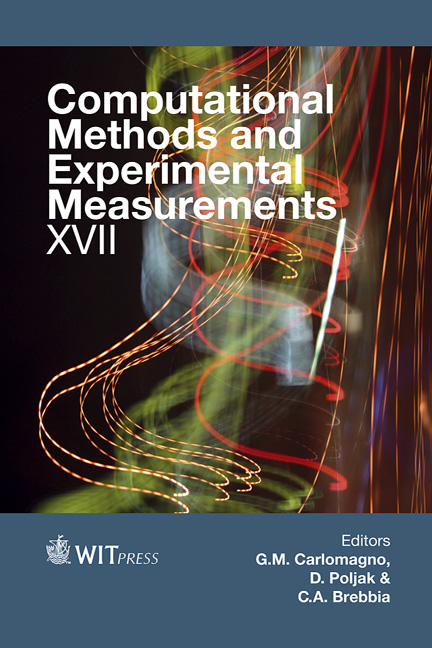Development Of A New Segment To Improve The Dispersion Of A Nanofiller By Extensional Flow In A Co-rotating Twin-screw Extruder
Price
Free (open access)
Transaction
Volume
59
Pages
13
Page Range
33 - 45
Published
2015
Size
2,025 kb
Paper DOI
10.2495/CMEM150041
Copyright
WIT Press
Author(s)
K. Matsumoto, Y. Arao, T. Tanaka
Abstract
Extensional flow has been recognised as a more effective process than shear flow for improving the dispersion of nanofillers in polymeric materials. One of the production processes of nanocomposites is melt extrusion with a co-rotating twins-crew extruder (TSE), which is superior in terms of productivity and mixing performance. Then, we focused on “Blister Disk (BD)” having new segments which have many holes to generate the extensional flow in TSE. The purpose of this study is to optimize BD geometry (i.e. hole numbers, hole diameter and disk width) for improving the dispersion of nanocomposites. Primary to interpreting the mixing effect of BD, the extensional flow state (i.e. extensional stress and pressure loss) at the hole entrance of BD was investigated with a 3D FEM analysis. Secondly, the mixing performance of the BD segment was evaluated by morphology observation (microscopy and TEM), rheological analysis and electric conductivity for polypropylene (PP) and carbon nanotube (CNT) nanocomposite. These experimental results were correlated with the results of the FEM analysis. The dispersion state of CNTs was improved with a decreasing hole area of BD and the disk width didn’t affect the dispersion of CNT significantly. Also, it was found that the dispersion state of CNT can be controlled by a pressure drop at the BD segment.
Keywords
nanocomposite, extensional flow, twin-screw extruder





